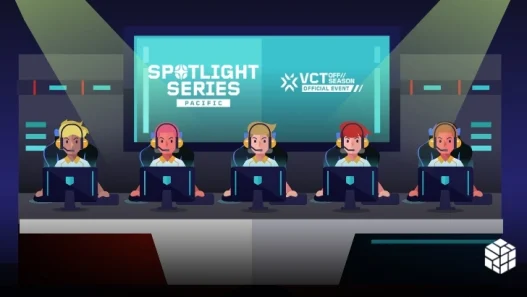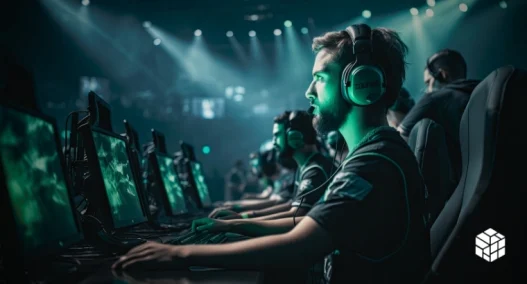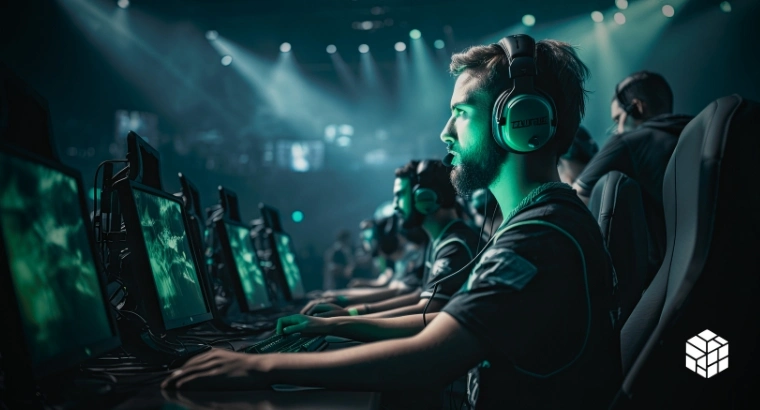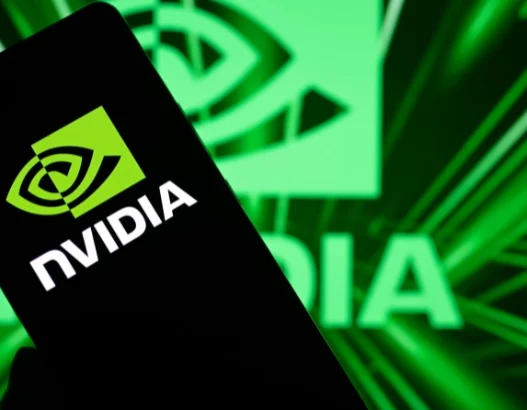The U.S. gaming industry is on the brink of explosive growth as projections indicate a sharp rise from $49.3 billion in 2025 to $77.8 billion by 2033, growing at a robust 6.1% compound annual growth rate (CAGR), according to the Global Data Route Analytics report.
Gaming Industry’s Rise as an Economic Juggernaut
This explosive growth comes after the sector’s evolution from a niche entertainment medium into a dominant economic force, thanks to rapid advancements in mobile gaming, next-gen consoles, and cutting-edge technologies like artificial intelligence (AI), virtual reality (VR), and cloud gaming.
Amid the boom in the entertainment industry, gaming has established itself as a cornerstone of modern entertainment, rivaling traditional media in revenue and cultural influence.
Mobile gaming stands as the primary catalyst behind this expansion, with smartphones and affordable high-speed internet making gaming more accessible than ever.
Popular titles like PUBG Mobile, Genshin Impact, and Censored ImpactCrush dominate app stores. These games leverage free-to-play models sponsored by in-app purchases and advertising.
The rise of hyper-casual games and competitive mobile esports has further broadened the market, which is attracting millions of casual and hardcore gamers alike.
Mobile Gaming vs Consoles
Mobile revenue streams, including rewarded ads and in-game purchases, are expected to maintain their upward trajectory. The key reason behind this is the developers who are continuously working on monetization strategies to maximize player engagement and spending.
According to the report, Console gaming remains a powerhouse, with Sony’s PlayStation 5 and Microsoft’s Xbox Series X pushing the boundaries of graphical fidelity and immersive gameplay.
Exclusive titles, such as God of War Ragnarök and Halo Infinite, continue to boost hardware sales. On the other hand, subscription services like Xbox Game Pass and PlayStation Plus revolutionize how players access content.
These platforms are no longer just about one-time purchases; instead, they emphasize ongoing engagement through downloadable content (DLC), season passes, and cloud-based streaming options.
The integration of cloud gaming services, such as Xbox Cloud Gaming and PlayStation Now, is also eliminating hardware limitations. This allows gamers to enjoy high-end experiences on lower-end devices.
Cloud gaming itself is emerging as a game-changer, with companies like NVIDIA (GeForce Now), Microsoft (xCloud), and Google (Stadia) leading the charge.
By enabling instant access to premium games without the need for expensive hardware, cloud gaming is democratizing high-quality gaming experiences.
How Streaming Trend is Rewriting the Rules
This shift is particularly impactful in the U.S., where internet infrastructure supports seamless streaming, paving the way for broader adoption.
As 5G networks expand and latency issues diminish, cloud gaming is expected to become a mainstream alternative to traditional console and PC setups, further accelerating market growth.
The esports and game streaming sectors are also experiencing unprecedented growth, transforming competitive gaming into a billion-dollar industry.
Platforms like Twitch, YouTube Gaming, and Facebook Gaming have turned professional gamers and content creators into celebrities, with sponsorships, advertising, and merchandise sales generating substantial revenue.
Major esports tournaments, such as the League of Legends World Championship and Call of Duty League, now rival traditional sports in viewership, attracting global audiences and lucrative brand partnerships.
This convergence of gaming and entertainment is reshaping media consumption, particularly among younger demographics who prefer interactive content over passive viewing.
AI Boom in the Gaming Industry
Artificial intelligence is playing an increasingly pivotal role in game development and player engagement. AI-based procedural content generation, dynamic difficulty adjustments, and personalized gaming experiences are enhancing player retention as it gives them better experience.
Studios are leveraging machine learning to analyze player behavior, optimize in-game economies, and even create lifelike non-playable characters (NPCs) that adapt to user interactions.
As AI technology advances, its applications in gaming will only expand, leading to more immersive and adaptive virtual worlds.
Live-service games, such as Fortnite and Roblox, exemplify this trend, offering continuous updates, battle passes, and limited-time events to keep players engaged long after launch.
Also Read: Krafton Reports Profit Drop in Q2 as PUBG Loses Players




















